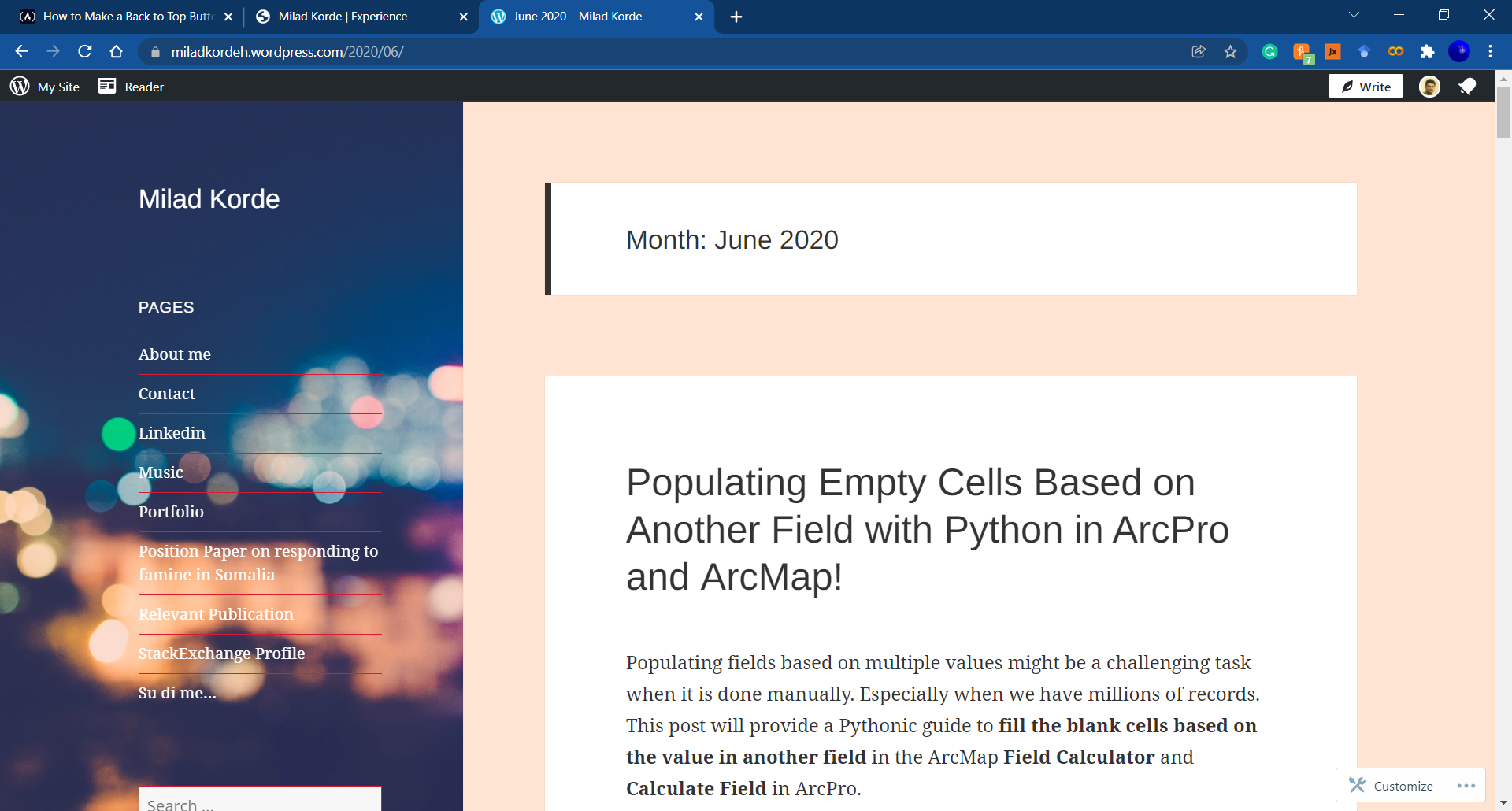Road detection by implementing Deep Learning
Satellite image segmentation is a computer vision task that involves partitioning an image into multiple segments or regions to simplify its representation. In this project, I focus on segmenting satellite images to identify road areas crucial for various applications such as urban planning, transportation management, and infrastructure development. This project contains code for a satellite image segmentation project (https://www.kaggle.com/code/balraj98/road-extraction-from-satellite-images-deeplabv3) aimed at identifying road areas using deep learning techniques. The project involves training a segmentation model on satellite imagery data and making predictions on new satellite images. GitHub Repo: https://github.com/Milad84/DeepLab_Road_Detection







